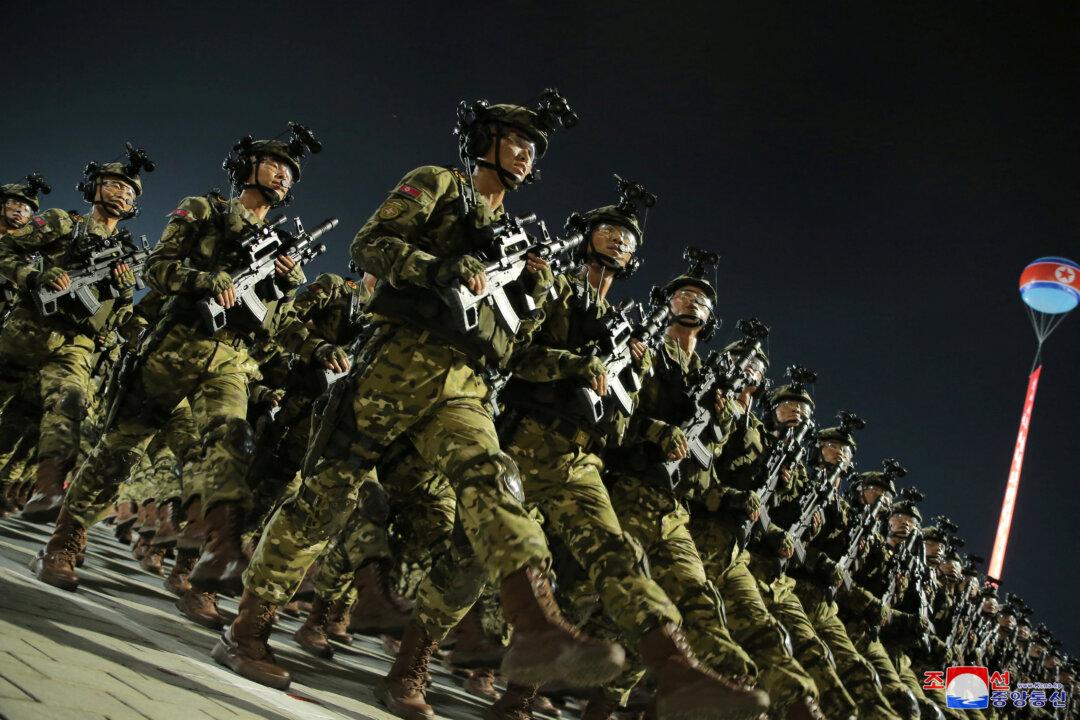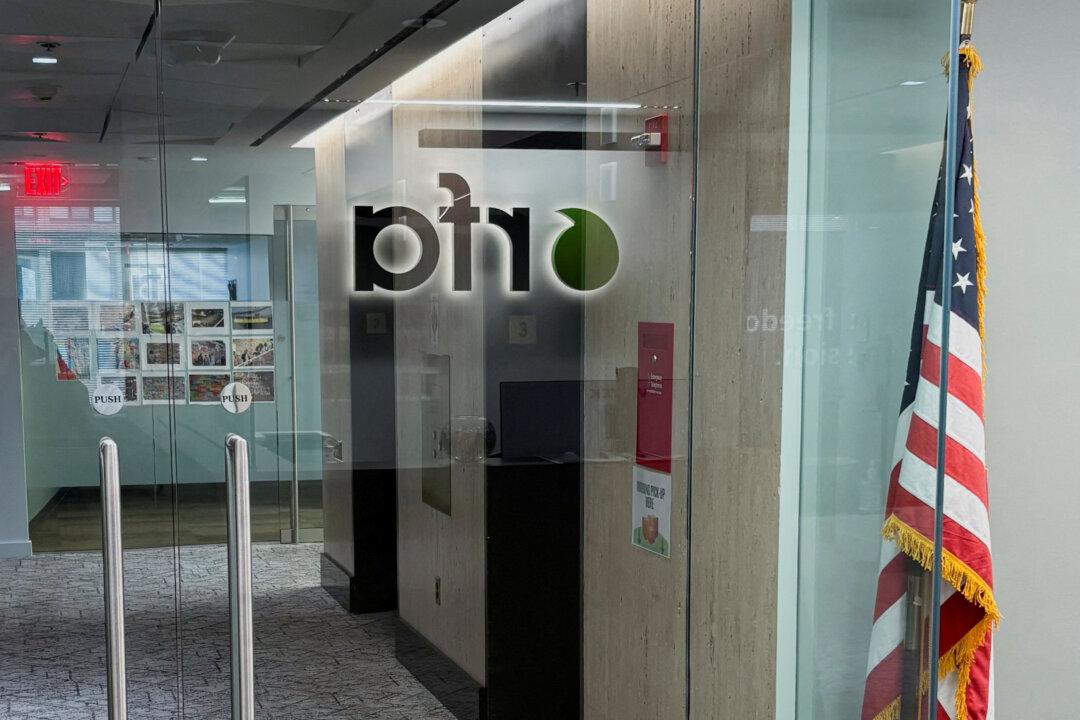The central Chinese city of Wuhan is not only the origin point of the CCP virus, but also a hotspot of China’s organ transplant industry.
In 2015, former Deputy Health Minister Huang Jiefu stated at China’s Organ Transplant Conference, held in Wuhan, that “without Hubei, without Wuhan, there would be no organ transplants in China.”
According to leaked internal documents obtained by The Epoch Times, Wuhan’s Tongji Hospital has ranked among the top in organ transplantation in China: first in kidney transplants, third in heart transplants, and fifth in liver transplants.
Wuhan is the ninth-largest city in China, and Tongji Hospital is just one of the hospitals in the city.
Internal documents from Tongji Hospital expose the hospital’s shocking organ transplant volume in the past several years.
One of the internal documents shows that Tongji Hospital ranked No. 1 in the country for the number of donations after cardiac death (DCD) used in kidney transplant operations for three consecutive years, 2015 through 2017.
Another internal document from Tongji Hospital shows that the number of kidney transplants is staggering. By 2018, it had become the first transplant center in China with more than 6,000 cumulative kidney transplants.
In addition, the number of kidney transplants in Tongji Hospital surged in 2015, 2016, and 2017. The number of kidney transplants in 2015 was close to 350, an increase of approximately 100 cases from the previous year. The number of kidney transplants reached a peak in 2016, with about 460 cases.
The Hubei Daily reported on April 10, 2019, that the numbers of heart and kidney transplants in Wuhan were among the highest in China. At least one transplant is performed at Tongji Hospital every day. According to the hospital’s official website, it has so far completed more than 6,000 kidney transplants, nearly 2,000 liver transplants, more than 200 heart transplants, and nearly 200 pancreas–kidney joint transplants.
After the Chinese Communist Party (CCP) announced the suspension of using organs from death row prisoners in 2015, there was still a large number of transplants performed in Wuhan.

Internal documents of Tongji Hospital showed that in 2014, there were 154 cases of DCD kidney transplantation and 73 cases of DCD liver transplantation; in 2015, there were 291 cases of DCD kidney transplantation and 101 cases of DCD liver transplantation; in 2016, 356 cases of DCD kidney transplantation and 111 cases of DCD liver transplantation.
However, whether it is Wuhan, Hubei Province, or the whole country, the number of voluntary organ donations is extremely limited.
Doctors From Tongji Hospital Participate in Forced Organ Harvesting
Wang Zhiyuan, president of the World Organization to Investigate the Persecution of Falun Gong (WOIPFG), told The Epoch Times that doctors and nurses at Tongji Hospital have admitted that they used organs taken from Falun Gong practitioners. “We have the recorded phone conversation to prove it,” Wang said.Falun Gong, also known as Falun Dafa, is a spiritual discipline that has been severely persecuted in China since 1999. Practitioners of Falun Gong make up the majority of prisoners of conscience held inside China’s jails, prisons, and detention facilities. An independent people’s tribunal determined in 2019 that Falun Gong adherents remain the main source of organs in China’s for-profit transplant industry.
In 2006, an investigator from WOIPFG called Tongji Hospital’s Organ Transplant Institute and asked if it was possible to find a donor who was a Falun Gong practitioner. The person who answered replied: “Yes, sure, no problem. When you are ready, you can come over directly, and we will discuss it in detail.”
In another undercover investigation on Oct. 12, 2015, a doctor surnamed Gong at the Cardiothoracic Surgery Department of Tongji Hospital was recorded saying that he had used organs of Falun Gong practitioners for transplantation and that the donors were sent to the hospital from prisons or labor camps. “Director Wei at our department assigned a team dedicated to this task, and the team is headed by Professor Zhu,” he said.
Gong also stated that his department sometimes performed five heart transplants in a week. Occasionally, they had two operations in one day.
On June 7, 2017, a surgeon surnamed Mao at Tongji Hospital told an undercover investigator: “Last year, we had more than 100 liver transplants, and 400 to 500 kidney transplants. We rank the first in the country in kidney transplants.”
When police in Wuhan abuse Falun Gong practitioners held in detention, they often threaten practitioners that they will extract their organs.
Zhang Su, a Falun Gong practitioner in Wuhan, told The Epoch Times that a police officer intimidated him by saying: “We can easily kill you, just like killing a fly. If we take you out for execution, no one outside would know. If we cut out your organs and tell others you have committed suicide, who would know what really happened?”
According to a Minghui report on May 27, 2019, Falun Gong practitioner Zhang Bo and five other practitioners were taken away by police from their workplace on Dec. 26, 2018. At Wuhan’s Yujiatou Police Station, these six practitioners were forced to take a physical examination. Each had hundreds of milliliters of blood drawn, and the doctors also checked the health indices of their liver, kidney, heart, and lungs. They also had an eye examination to check their corneas. All six practitioners were young men who would be considered “high-quality donors.”





